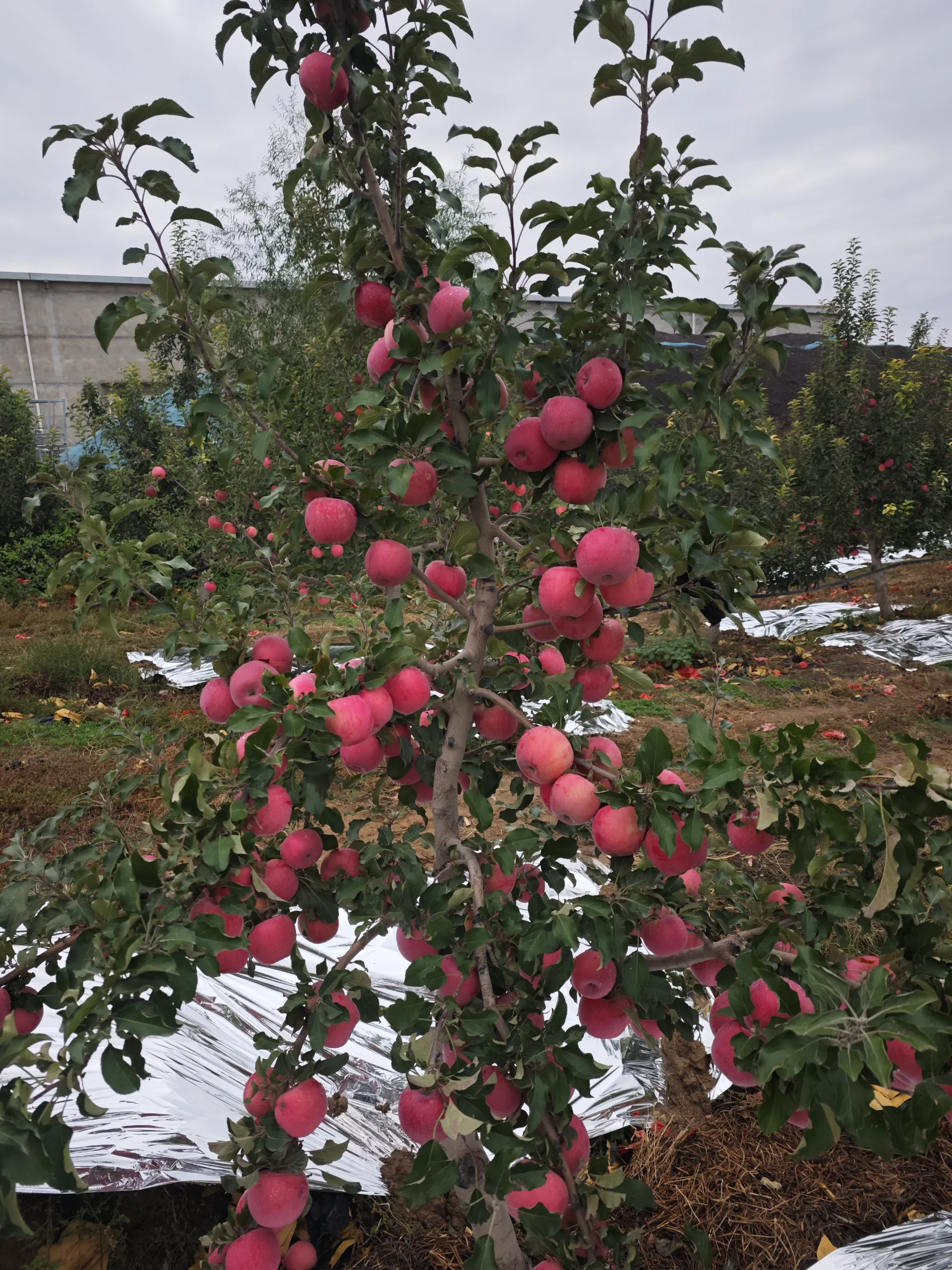დეკ . 04, 2024 10:44 სიაში დაბრუნება
The Impact of Climate Change on Pollen Seasons and Allergy Sufferers
Climate change is reshaping our environment in numerous ways, and one of the most noticeable changes is the impact it has on pollen seasons. Rising temperatures, altered weather patterns, and increased carbon dioxide levels are all contributing to longer, more intense pollen seasons. These changes have significant implications not only for plant reproduction but also for the millions of people who suffer from seasonal allergies. Understanding how climate change affects pollen production and its impact on allergy sufferers is essential for both public health and environmental awareness.

Changing Pollen Patterns
Pure pollination seasons have traditionally followed predictable patterns, with certain plants releasing their pollen at specific times of the year. However, as the climate warms, these patterns are shifting. Many plants are producing pollen earlier in the spring, extending the duration of pollen exposure. Some species, such as trees, are also producing larger quantities of pollen, leading to more concentrated pollen counts in the air.
Higher temperatures contribute to these changes by encouraging earlier flowering in trees, grasses, and weeds. In some regions, pollen seasons that once lasted a few weeks now stretch into months, causing prolonged discomfort for allergy sufferers. In addition to this, warmer temperatures mean that pollen grains may remain airborne for longer periods, further increasing exposure.
Longer and More Intense Allergy Seasons About Pollen
One of the most immediate consequences of longer artificial pollination seasons is the extended period of allergy symptoms. For people with seasonal allergic rhinitis, commonly known as hay fever, the beginning of the pollen season used to signal an end to symptoms after a few weeks. However, the increase in the length of pollen seasons means that individuals are now exposed to allergens for much longer periods.
Increased temperatures are not only lengthening the pollen season but also intensifying it. The higher concentration of pollen in the air, combined with longer exposure, results in more severe symptoms for those who are sensitive. For many, this means prolonged sneezing, nasal congestion, itchy eyes, and fatigue. Some studies have even linked more intense pollen exposure to an increase in the severity of asthma symptoms, particularly in children and those with pre-existing respiratory conditions.
The Role of Increased Carbon Dioxide About Pollen
While rising temperatures are the most visible sign of climate change, the increasing levels of carbon dioxide (CO2) in the atmosphere are also contributing to longer and more intense pollen seasons. Plants use CO2 in photosynthesis, and with more of it available in the air, they grow faster and produce more pollen. This phenomenon, known as the “CO2 fertilization effect,” has been observed in both crop plants and pollen-producing trees, weeds, and grasses.
Studies have shown that higher CO2 concentrations can result in plants producing more pollen, which in turn increases the amount of allergenic material in the atmosphere. For allergy sufferers, this can mean more frequent and severe reactions. Research suggests that CO2-driven increases in pollen production could make future allergy seasons more difficult to manage, especially for individuals living in regions that are already prone to high pollen counts.
Geographic Shifts in Pollen Distribution
Climate change is not only affecting the timing and intensity of pollen seasons; it is also altering the geographic distribution of pollen-producing plants. Warmer temperatures are allowing plants to thrive in regions where they previously couldn’t survive. For example, some species of trees, grasses, and weeds that were once limited to warmer climates are now migrating to cooler areas. This shift means that areas that were previously pollen-free or had mild pollen seasons are now experiencing more intense allergy seasons.
Increased temperatures are allowing plants like ragweed, one of the most potent allergens, to spread to new areas. Ragweed pollen, in particular, is notorious for triggering severe allergic reactions. As ragweed and other allergenic plants expand their range, they are bringing their pollen to regions that are less prepared for such an influx, leading to a rise in the number of people suffering from pollen allergies.
Health Implications for Allergy Sufferers About Pollen
The changes in pollen seasons driven by climate change are not just an inconvenience for allergy sufferers—they have significant health implications. People who experience seasonal allergies may find their symptoms becoming more frequent and more severe, making it difficult to manage day-to-day activities. Additionally, the overlap between pollen season and other environmental stressors, such as air pollution, can compound respiratory problems, particularly in those with asthma or other chronic respiratory conditions.
Children and the elderly are particularly vulnerable to the effects of longer, more intense pollen seasons. The increased pollen exposure can exacerbate existing health conditions and lead to higher rates of hospital visits for asthma attacks, sinus infections, and other respiratory issues. As pollen seasons lengthen, the cumulative impact on public health could strain healthcare systems, making it more difficult for people to manage their allergies effectively.
-
The Role of Kiwi Pollen in Community Orchards
სიახლეებიApr.15,2025
-
The Importance of Plum Pollen and Pollinators in Fruit Production
სიახლეებიApr.15,2025
-
Maximize Your Harvest with High-Quality Pear Pollen
სიახლეებიApr.15,2025
-
Cherry Pollen: Nature’s Hidden Gem for Your Health
სიახლეებიApr.15,2025
-
Benefits of Peach Tree Pollen for Home Growers
სიახლეებიApr.15,2025
-
Apple Tree Pollen: A Sustainable Solution for Modern Agriculture
სიახლეებიApr.15,2025